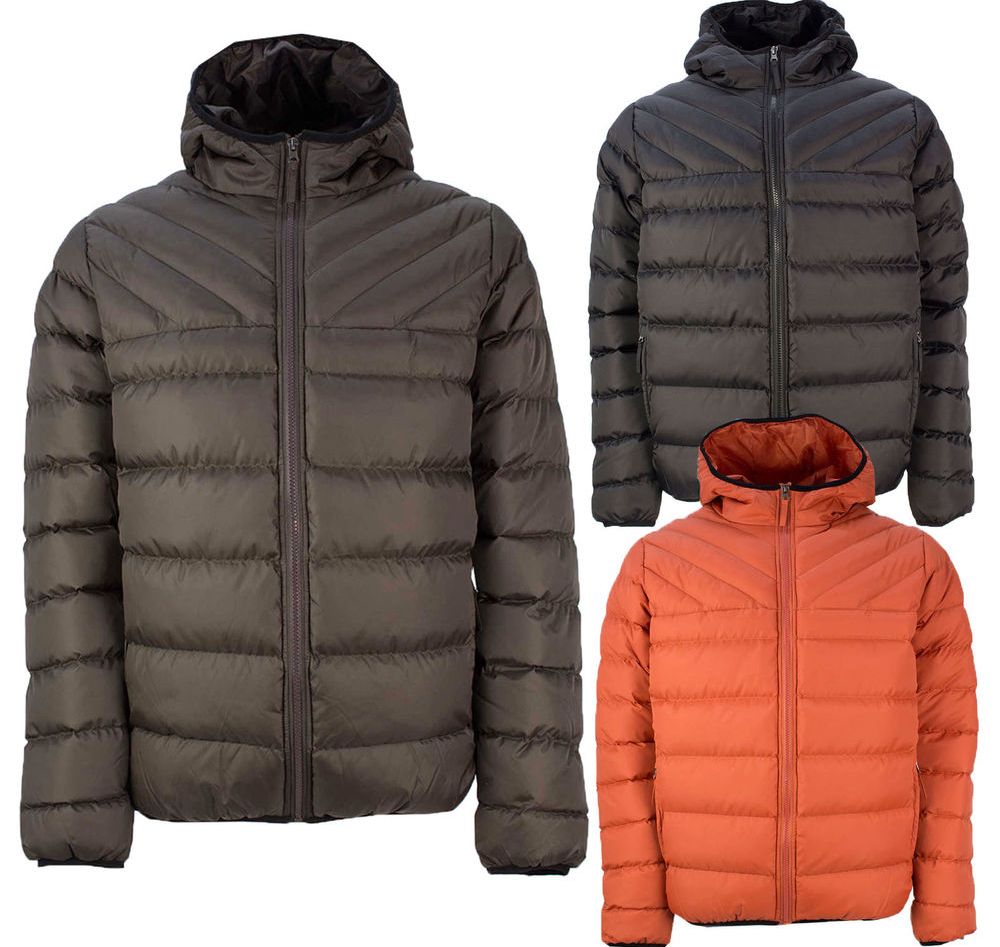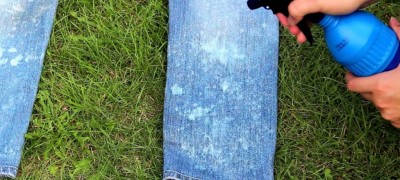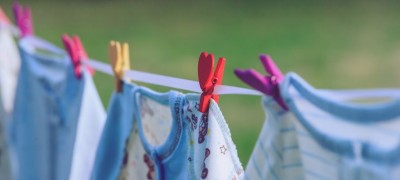Varieties of thinsulate and their characteristics
Sintepon, a lightweight, cheap material, was once a popular artificial garment filler.

In the 80s, its technological counterpart appeared on the market, which was ahead of its predecessors in all respects.
What is Thinsulate
Thinsulate is a modern synthetic heat insulator, which is used not only for sewing clothes, but also for shoes, home textiles and toys. Such widespread use is provided by its properties:
- Even when wet and after washing, it retains air pores and the ability to retain heat.
- To ensure comfort, a large amount of filler is not needed, so the finished product is thin and does not hinder movement.
- Non-flammable, non-toxic, hypoallergenic.
- Dries quickly.
- Breathable.
- Easy to clean: suitable for machine washing and dry cleaning.
- Wear-resistant, does not shrink, does not crumple.

Insulation Thinsulate is the finest polyester fibers, twisted into a spiral. It was originally developed by 3M (Minnesota Mining Manufacturing) for astronauts, now Thinsulate clothing can be purchased on the official website or through distributors.

It is especially popular with professional athletes and active lifestyles. The manufacturer broke the stereotype that warm clothes should be thick: the name of the material consists of the words “thin” and “insulate”, which translate as “thin” and “filler”, respectively.

Important! The more air the insulation holds, the longer the heat remains, this is facilitated by hollow fibers.
When looking for information "thinsulate at what temperature" keep in mind that its properties depend on the number of layers of insulation and on the outer fabric. Wind and waterproof cover is needed to keep warm.

When choosing gloves, shoes, jackets, you need to be guided by the information indicated on the label: the number of grams and the temperature regime. To what temperature the thinsulate insulation is effective depends on physical activity - the lower it is, the higher the value on the label should be.

| Temperature, degrees Celsius | The amount of insulation, grams per square meter with different degrees of activity | |||||
| High | Average | Low | ||||
| clothing | Shoes | clothing | Shoes | clothing | Shoes | |
| 10-15 | 100 | 200 | 150-200 | 200-400 | From 200 | 400-600 |
| 20-30 | 150-200 | Up to 400 | From 200 | From 400 | From 200 | 600-1000 |
Additional Information. Thinsulate is 1.5 times warmer than swan fluff, has a low ability to absorb moisture - less than 1% of its own weight, which allows it to be used at high humidity.
The properties of the heat insulator have been tested in various conditions, as it is chosen for work footwear, tourism, winter fishing, hunting, mountaineering, and work in the far north.

Varieties and characteristics
Thinsulate garments have special “3M Thinsulate Insulation” labels that differ in color. The manufacturer produces the following series of insulation:
- Platinum
- Warmth plus Additional Features
- Featherless
- LiteLoft
Platinum's black and gray labels are common on outdoor clothing and footwear. The line includes the following types.
Flex has fibers of increased elasticity, so the garment does not hinder movement.

X-Static is ideal for high physical activity as the ionized fibers are responsible for inhibiting odor-causing bacteria.

FR is designed for workwear, withstands contact with fire and electricity.

Note! Each product is labeled with the type of insulation.
Unlike the Platinum line, Warmth plus Additional Features is widely used in clothing and footwear for outdoor activities, fishing, hunting, home textiles.

- Thin, light, warm - one of the first types of this insulation, thin with high heat retention rates.

- Extra Warmth has a lower price, products made with it are slightly thicker.

- Thinsulate with recycled fibers has some of the fibers produced from recycled materials.

- Ultra for footwear and Ultra Extreme Performance are widely used in footwear production, as it contains a large amount of olefin fibers that increase deformation resistance. These shoes are ideal for low physical activity.

Featherless is a new synthetic analogue of down, which has all its properties, but does not lose its properties even when clothes are wet.

LiteLoft differs from other types of fiber structure: thin fibers increase the area and the amount of warm air, thicker ones - the volume of insulation. Resistant to compression, easily restores its original shape.

Additional Information. Filler varieties not included in the listed categories are marked with a common black and white label. These include the raw materials used to sew blankets.
The main differences between thinsulate and analogues
Polyester is the general name for heat insulators made from petrochemical raw materials, this is how the composition of the finished product is recorded. You can determine which type is used by the factory labels on the clothes, most often the sample is included. Below are the types of fillers and their comparison with Thinsulate.

Bio-down is a synthetic down that is stuffed into the lining, for this reason it moves freely and can get lost in lumps. Thinsulate, in turn, does not deform and retains its shape, has the lightness and warmth of natural fluff, but great wear and does not knock out.

Isosoft is also used when sewing sportswear and equipment for extreme conditions. A breathable material whose fibers are in the form of hollow balls. In terms of most characteristics, it is not inferior to thinsulate, but of a heavier weight, and has no universal application.

Hollophane is a domestic analogue of isosoft, inferior to thinsulate in terms of thermal conductivity. Its main field of application is sewing children's clothing. The filler dries quickly, retains its shape, is 30% warmer than padding polyester. The main difference: it contains natural wool fibers.

Sustans has a fundamental difference from other synthetic analogs: it is made from renewable raw materials with the addition of plant components. The technological process requires one third less energy and generates fewer greenhouse gases.

The synthetic fluff also has a spiral structure and is coated with silicone to facilitate sliding. A similar composition and structure provides similar properties: moisture repellency, breathability, lightness, hypoallergenicity. But in order for the mass not to migrate under the down jacket, it must be frequently quilted. Thinsulate is free from this drawback.

Care rules
- After washing, the garment with thinsulate retains its shape. You can wash in a delicate mode at temperatures up to 40 degrees with a spin, follow the recommendations on the manufacturer's label.
- Membrane clothing with thinsulate should be taken care of with the use of special detergents; they can be purchased at sports stores.
- It is better to dry on a horizontal surface away from heating appliances, preferably ironing without steam.
- Can be packed in vacuum bags, the properties of the insulation will not change. The fibers are thermally bonded, thereby retaining elasticity.

Important! How warm the jacket will be in winter depends on the frequency of the stitching. A product with thinsulate should not be quilted often, the distance between the lines should be at least 12 cm, then warm air will remain.
What is so special about Thinsulate that makes it popular? Insulation has the thinnest hollow fibers in the world, in addition to this, their area is dozens of times larger than the area of fibers of similar materials. These characteristics make it as effective as possible. If there is no 3M branded label, and the label says “polyester”, then this does not guarantee that Thinsulate is used as insulation. In this case, you need to ask the seller for certificates, since only the original matches the qualities described above.

Reviews
Irina: Last winter I took myself a down jacket with thinsulate. I was almost sure that there would be no difference in comparison with the padding polyester, and the point is solely in advertising. The down jacket turned out to be very warm and surprisingly weightless, so I'm glad to be wrong.
Maxim: I have boots with Thinsulate, bought in a sports store for outdoor activities.I wear them every day, as I have to walk a lot to work. I will not say exactly how many grams of filler there is, but my feet are warm even at -30 degrees.
Marina: My child is 4 years old, a very active boy, ready to walk in any weather. Last winter I wore a jacket with natural down, I'm tired of washing and whipping it. This year I took him an overalls with thinsulate for the winter, I already appreciated the ease of washing and the fact that the child does not sweat in it.
VIDEO: Thinsulate insulation - a detailed review.





